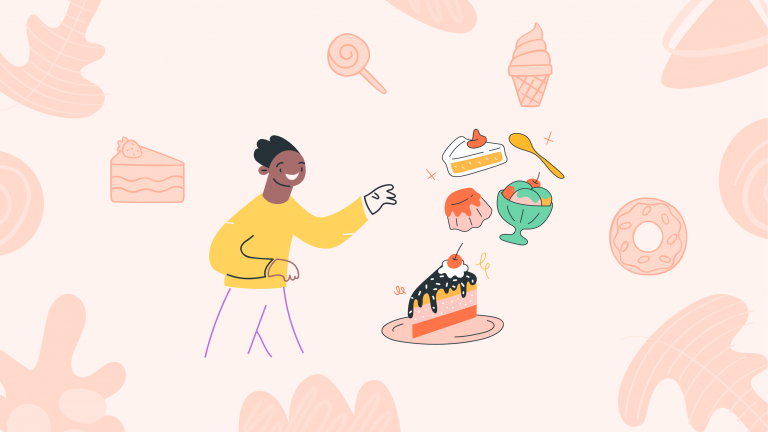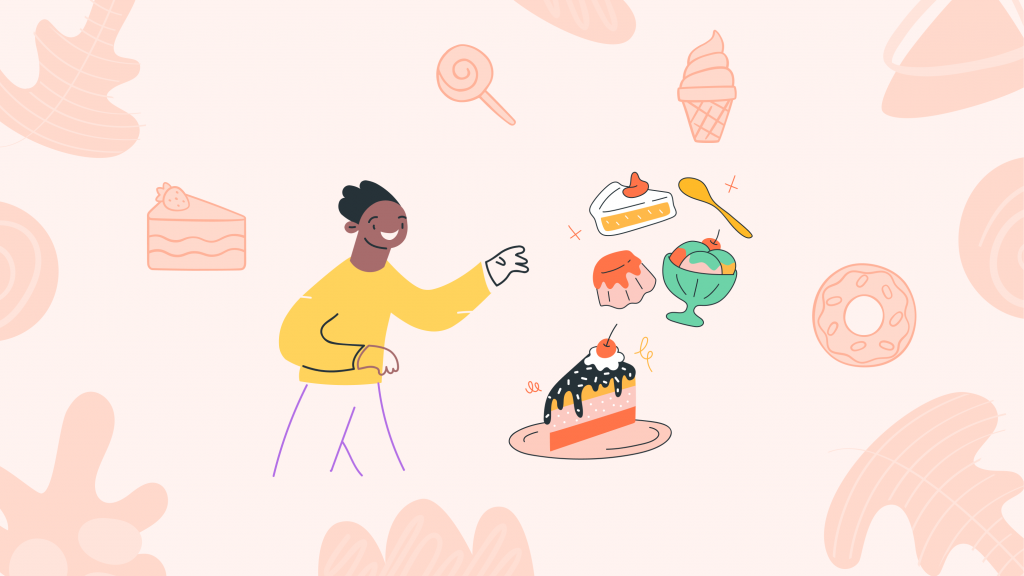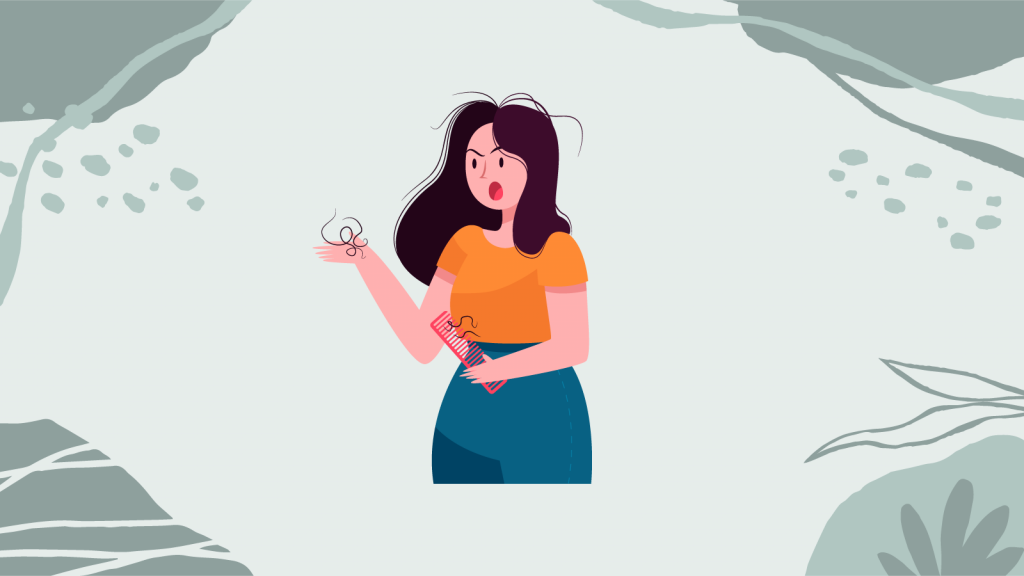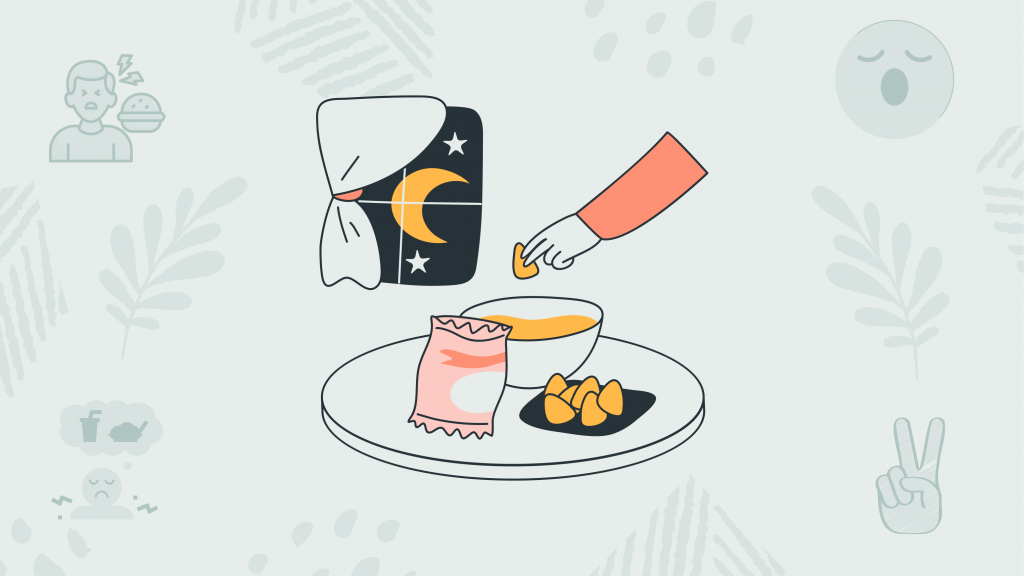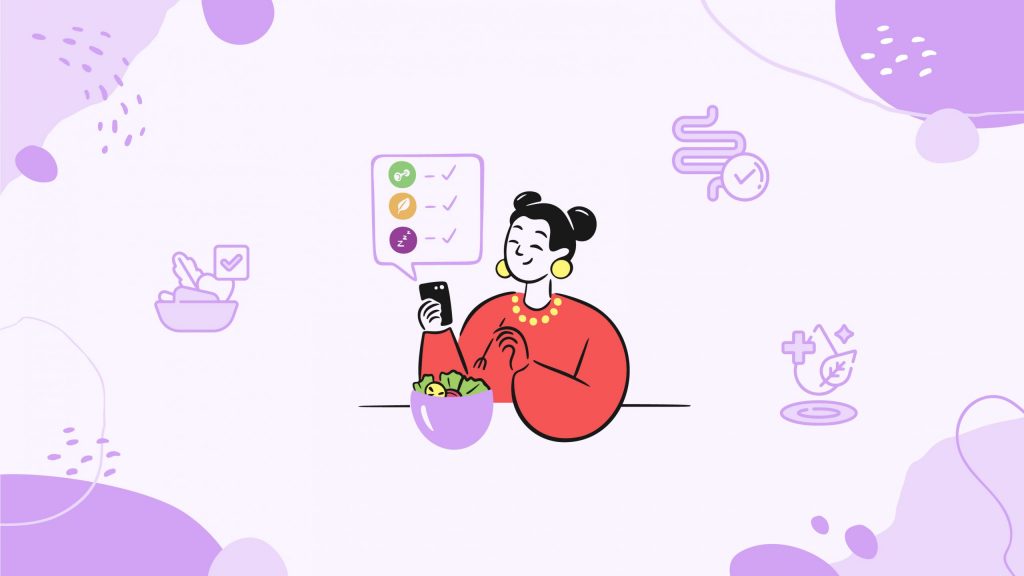Riding the Craving Wave
Oh, the Craving Wave! It’s like surfing on the high seas of temptation, isn’t it? Every day throws a new wave our way — that mouth-watering chocolate cake peeking from the bakery window, or the irresistible scent of coffee wafting through the air in the morning. These little tempters pull at our senses, testing our willpower like a kite in a gusty wind.
It’s a scenario we all know too well, playing out in countless moments of decision: to cave or not to cave? And let’s be real, it often spirals into a feast of indulgence, followed by the all-too-familiar wave of regret.
But hey, it’s not just about flexing our self-control muscles; it’s a deeper dive into the swirling mix of our biology, the world around us, and the mind games we play. This craving conundrum isn’t just personal; it’s practically a shared human experience, weaving through the fabric of our everyday lives, making it one heck of a relatable ride.
The Brain’s Role the Urge
Cravings are rooted in the brain’s reward system, primarily involving the neurotransmitter dopamine. When you experience something pleasurable, like eating your favorite food, your brain releases dopamine, creating feelings of pleasure and reinforcement, encouraging you to repeat the behavior.
Over time, this can lead to learned associations between certain cues (like seeing a commercial for pizza) and the craving response, making it difficult to resist. Moreover, emotional states, stress, and hormonal fluctuations can intensify cravings, making the brain’s desire for instant gratification overpower the more rational, long-term goals for health and wellness.
Peeling back another layer of this neurological onion, it’s not just dopamine playing solo here; other brain areas and chemicals join the band, creating a symphony of craving. The hippocampus, for example, logs memories of the pleasure associated with certain foods, while the amygdala processes emotions related to those memories.
So, when you’re feeling down or stressed, your brain might cue up these memories, prompting cravings as a way to self-soothe.
And let’s not overlook the role of the prefrontal cortex, the brain’s decision-making center. Normally, it helps weigh the pros and cons of giving into a craving. But under the influence of a strong desire and the rewarding hit of dopamine, its ability to make balanced choices can get a bit fuzzy. Plus, when we’re sleep-deprived or stressed, the prefrontal cortex’s influence weakens, tipping the scales even more towards caving to cravings.
This intricate dance of brain regions and neurotransmitters underlines how cravings are more than just a lack of willpower; they’re a complex neural tango, choreographed by a blend of past experiences, emotional states, and physiological needs.
Subscribe to newsletter
Get your Gut Health Starter Guide right now.
Elevate your Tuesdays with practical, science-backed wisdom propelling you forward on your gut health journey.

Practical Strategies to Navigate the Craving Storm
- Mindful Awareness: Become aware of your cravings without immediately acting on them. Acknowledge the feeling, explore its origins, and decide how best to address it.
- Healthy Substitutes: Find healthier alternatives that satisfy your cravings without derailing your goals. For example, reach for fruit when you crave something sweet.
- Delay Tactics: Give yourself a set time to wait before indulging in a craving. Often, the urge will pass, or you’ll find the willpower to make a better choice.
- Stress Management: Since stress can trigger cravings, find stress-reducing activities like exercise, meditation, or hobbies to alleviate the urge to indulge.
- Support Networks: Share your goals with friends, family, or support groups who can offer encouragement and help you stay on track.
Triumphs of Temperance
Sarah’s journey with cravings began in her late twenties, juggling a demanding job and a bustling family life. “Chocolate was my go-to stress reliever,” she admits. “Every tough day ended with a chocolate bar, and though it felt good momentarily, the guilt and sluggishness afterward were wearing me down.” Her turning point came when her health checkup showed rising sugar levels, nudging her to rethink her choices.
Sarah started by identifying her stress patterns and replacing her chocolate stash with healthier snacks like nuts and fruits. She also took up yoga, which helped manage her stress and reduce the frequency and intensity of her cravings. “It wasn’t easy, especially during deadlines and family chaos, but being mindful about why I craved chocolate helped me control the urge,” she reflects.
Months into her new routine, not only did Sarah’s health improve, but she also felt more energetic and less controlled by her cravings. “I still enjoy chocolate, but now it’s a choice, not a compulsion,” she says, proud of her journey from craving to control.
By understanding these underpinnings and adopting practical, actionable strategies, individuals can navigate their desires more effectively, leading to healthier choices and enhanced well-being.













